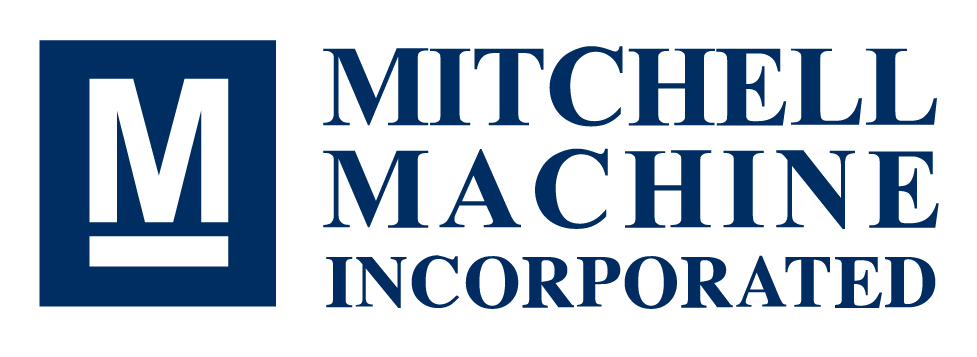 When designing a custom machined component it’s critical for the engineer to define all of a part’s characteristics— they must effectively communicate them to the machinist or fabricator. Typically, this is accomplished by creating an engineering drawing that contains numerical dimensions, defining the size and location fo every feature of the part. Beyond that, it also communicates other important part attributes like the material type, hardness, allowable dimensional deviations, coatings, fabrication methods and other manufacturing processes.
When designing a custom machined component it’s critical for the engineer to define all of a part’s characteristics— they must effectively communicate them to the machinist or fabricator. Typically, this is accomplished by creating an engineering drawing that contains numerical dimensions, defining the size and location fo every feature of the part. Beyond that, it also communicates other important part attributes like the material type, hardness, allowable dimensional deviations, coatings, fabrication methods and other manufacturing processes.
What does Surface Finish Entail?
The surface finish or “allowable roughness” is one of the most critical requirements defined in an engineering drawing. The surface finish can have a significant impact on the ability of the part to fulfill its intended function. For instance, surfaces that need to be tight to seal or contain a gas/liquid must be defined in a way that allows them to be leak-tight to the specified levels. On the other hand, surfaces that have relatives option between them may need to be low or high friction to work as intended. Beyond that, there may be an aesthetic need for the surface finish to be improved, even if it doesn’t have an impact on the function of the part.
What are the Cost Impacts of Surface Finish Specifications?
If the fabrication shop encounters a situation where they must use extensive light finishing cuts, surface grinding or polishing to meet the specified surface finish, it can double the cost to produce the part. The addition of spot faces, grooves, and raised bosses can be added to the product design in an effort to minimize the size of the surface area requiring extensive surface processing and inspection.
As you may imagine, producing smooth and highly polished surfaces over large areas can be an extremely costly manual process. If hand grinding and polishing is necessary, one way to reduce the cost of a part containing a highly polished sealing surface is to dimensionally define and minimize the surface area requiring the additional handwork. When specifying surface finishes, the engineer must analyze and understand the downstream time and cost impact of the roughness average (Ra) numbers that are called out on the drawing.
Mitchell Machine: Massachusetts Engineering Services
The experienced engineers at Mitchell Machine can gladly assist our customers with cost reduction, design for manufacturability and mechanical design optimization services. Our well-equipped state-of-the-art manufacturing facility allows us to produce fabrications to exacting dimensional tolerances. Contact us today with your most unique and challenging manufacturing projects!
{{cta(‘e51f775f-ed91-47ca-92b9-5fb1d4c56aba’)}}

